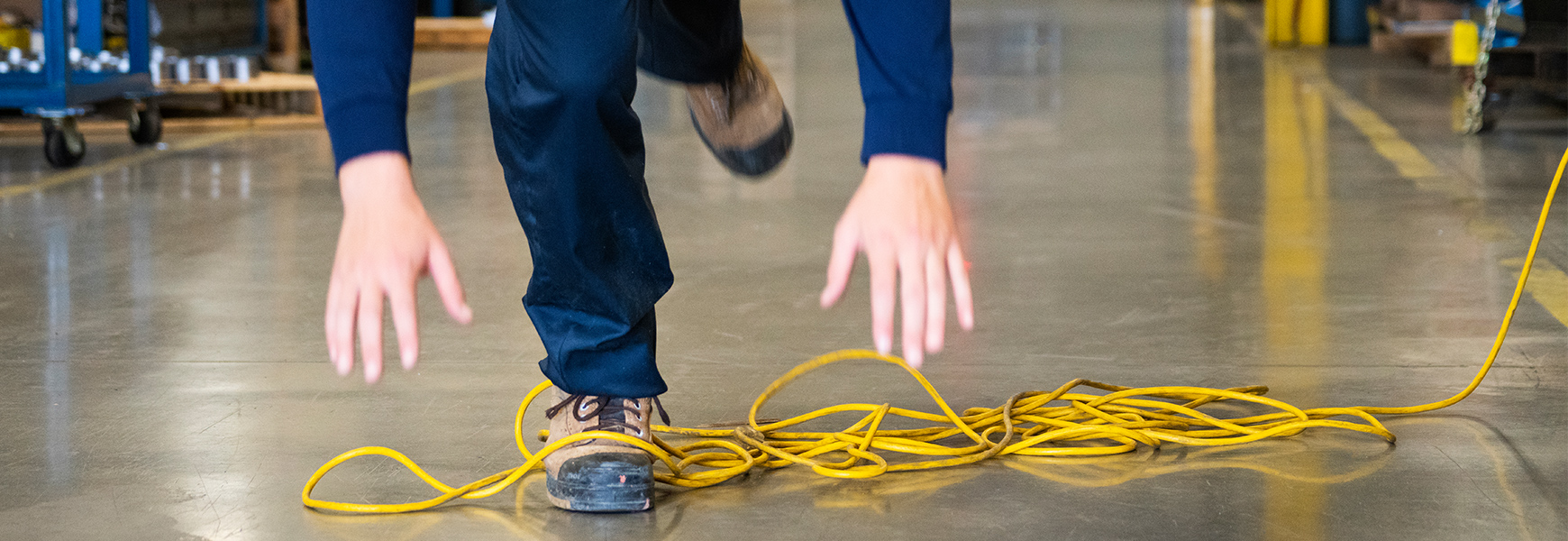Hidden in Plain Sight

A colleague of mine recently used this phrase in reference to an OSHA news release detailing citations issued to a restaurant chain. Multiple violations were cited including failure to inspect ladders prior to use, using a defective or damaged ladder, failing to provide fall protection, and failure to provide proper personal protective equipment (PPE) to employees working with corrosive chemicals. All serious citations for very straightforward OSHA standards - and very obvious safety hazards.
The OSHA standards for both general industry and construction are vast and often difficult to understand. Many people find them so confusing that they just don’t even bother to fully understand how they apply to their workplaces or what they should be doing to protect workers. However, the most commonly cited violations often involve standards that are the easiest to follow. This is where “hidden in plain sight” comes in.
According to OSHA, the most frequently cited standards involve very basic violations. These include fall protection, hazardous communications (HAZCOM), respiratory protection, lockout/tagout, ladders, forklifts, machine guarding, and PPE. For the most part, these are basic OSHA rules that have been around since 1970. Despite the fact that the OSHA standards are long and full of governmental language, these common violations are very straightforward. Protecting people from falling to lower levels, providing the right PPE, and ensuring workers don’t use defective ladders is not all that complicated. Indeed, there are some challenging scenarios for every business, but the bottom line is that protecting employees is the employers’ responsibility and in most cases all that is required is looking around the workplace. The hazards are right under our noses and can be remediated if we only take the time to look and take action.
Housekeeping practices are a key to injury prevention. Trip and fall injuries are one of the most common in all industries, and a common cause is tripping over something that shouldn’t be there. Tripping over extension cords, extended file drawers, uneven floors or carpet, or construction debris are all frequent and avoidable with good housekeeping practices. The same is true for slip and fall injuries involving wet floors or nasty weather outside. We tend to track in the snow and water so the two often run hand in hand. These hazards are also in plain sight and in many cases are not hazards that OSHA would even cite. But individual employees should be taking the lead on these hazards by picking up after themselves, keeping shops and other work areas clean and dry, and by being extra vigilant outside in bad weather.
A successful safety program will include periodic inspections focused on these most obvious hazards. These should be documented inspections of the workplace and the tools/equipment used by employees and should include any follow up actions that eliminate or correct the hazard. Templates for these inspections are available in MEMIC’s Safety Director so check them out, modify them to fit your business, and get out there and look. Another phrase that is so applicable to this subject seems an appropriate way to close this post: “Sometimes we can’t see the forest for the trees.” The hazards are there, we just have to look.
By Randy Klatt

